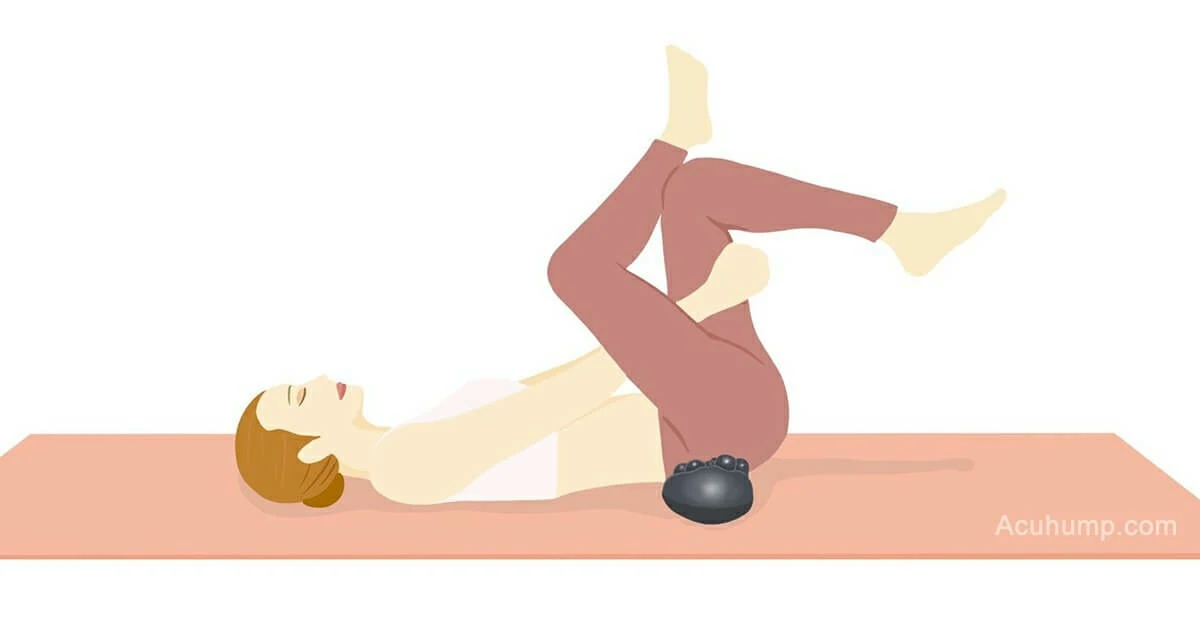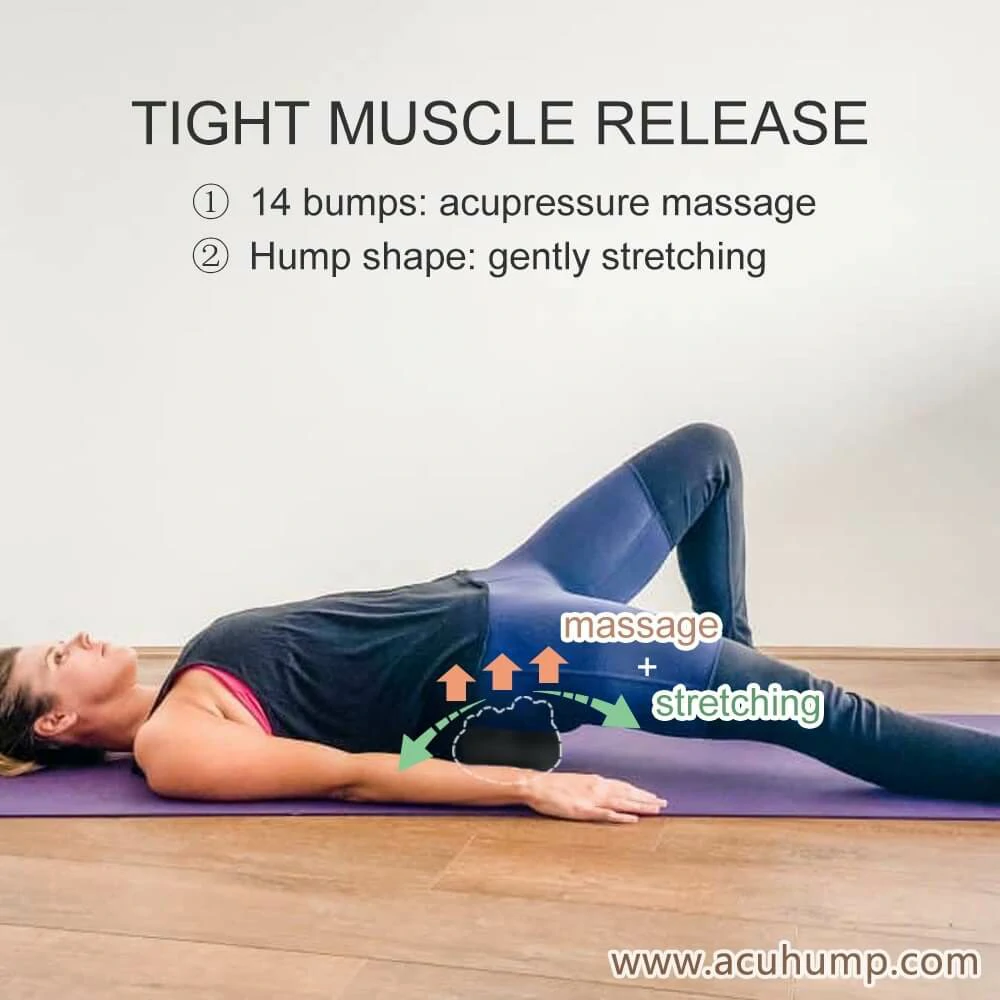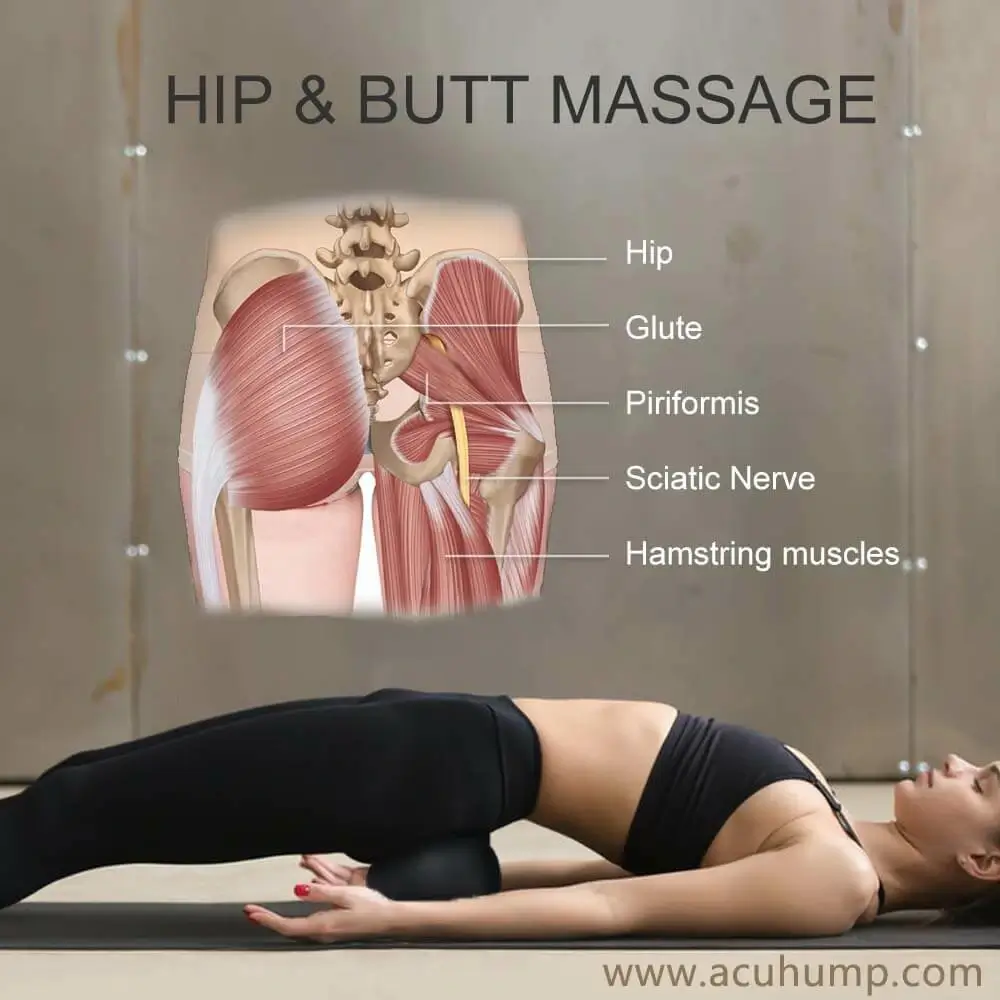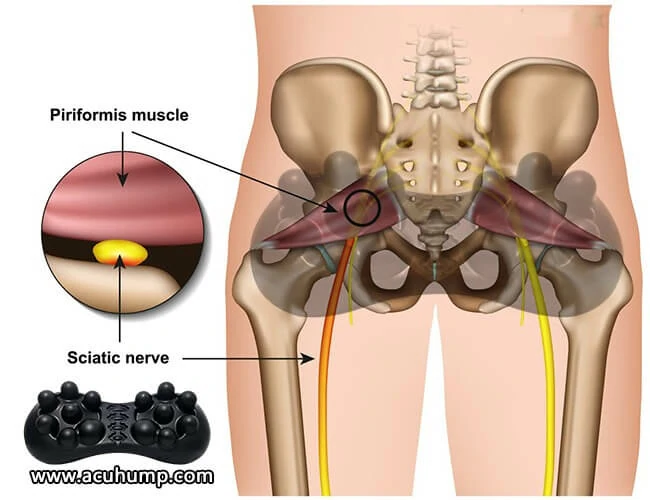When you suffer from piriformis syndrome, you may feel pain in your buttocks and lower back. One of the main reasons is a tight piriformis muscle. This small muscle plays a significant role in hip joint movement and stability. However, when the piriformis muscle becomes tight, it can put pressure on the sciatic nerve and cause lower body pain.
If you’ve been experiencing Piriformis Syndrome for over a year, it’s crucial to identify the root causes of the pain.
Prolonged sitting
Prolonged sitting can cause many health problems, including piriformis syndrome, a condition that affects the sciatic nerve. When you sit for long hours, the muscles in your buttocks become inactive and weak. This leads to a lack of blood flow and nutrients in the area and can cause muscle fibers to become narrow, stiff, and inflexible.
When the tightness and tension build up, it can lead to increased pressure on the piriformis muscle. The sciatic nerve passes directly under the piriformis muscle in some people, and the tension in the muscle can cause the nerve to be compressed. The result is pain and discomfort in the lower back, buttocks, and legs.
Taking frequent breaks is crucial to prevent piriformis syndrome. When you sit for long, you need to take regular breaks to move your body and stretch your muscles. This helps to increase blood flow and nutrient supply to the muscles, preventing them from becoming tight or stiff. Simple activities like getting up to stretch or taking a short walk can make a significant difference.
A lack of physical activity
Another common cause of piriformis syndrome is a lack of physical activity. When you don’t engage in physical activity, your muscles become weaker, and your body is more prone to injury. Without regular exercise, the muscles can become tight, leading to pain and discomfort.
Engaging in stretching exercises, such as the figure-four stretch, can help to ease tightness in the piriformis muscle. Stretches target the areas where the tension has built up, promoting blood flow and relaxation in the muscles.
If you work in an office or have a job that requires you to sit for long hours, it’s important to take preventive measures. Investing in a standing desk, taking frequent breaks, and engaging in physical activity can help to prevent the onset of piriformis syndrome.
Poor posture
Poor posture is a significant contributing factor to piriformis syndrome. When people maintain incorrect posture for long periods, it disrupts the natural balance of muscles in the body, causing tension and tightness. The piriformis muscle, which is responsible for hip movement and stability, becomes susceptible to overuse and tension when a person is sitting or standing incorrectly.
Poor posture habits are common among individuals who sit for an extended period or work long hours at a desk. Slouching while working on a computer or bending over to look at a smartphone can put additional weight on the lower back and aggravate piriformis syndrome. People who regularly lift heavy objects from a poor posture can also suffer from the condition.
High-impact athletic activities
High-impact athletic activities like long-distance running, cycling, and dancing demand a lot from the piriformis muscle. In these activities, the piriformis muscle is heavily used and can become tight and strained. The continuous use of the muscle can cause fatigue, leading to further pain and discomfort.
In some cases, people may experience pain in their piriformis muscle after a workout, which can be linked to over-exertion or improper posture. Athletes are advised to warm-up before working out to prepare the muscles for the workout and avoid straining the muscles.
Stretching is beneficial in relieving pain and discomfort caused by poor posture and high-impact athletic activities. The right stretches target the affected muscles and facilitate the release of tension and tightness. Exercises like the seated hip stretch and pigeon pose are great for stretching the piriformis muscle and could help prevent or alleviate piriformis syndrome pain.

Pregnancy
Pregnancy can also cause the piriformis muscle to become tight and potentially contribute to piriformis syndrome. As the foetus grows, the weight can put pressure on the pelvic region, altering the position and balance of muscles in the area. This pressure can cause the piriformis muscle to become tense and painful, leading to discomfort during pregnancy.
Stress and anxiety
Stress and anxiety are emotional factors that contribute to a tight piriformis muscle. Stress hormones like cortisol and adrenaline increase muscle tension and lead to overuse and tension in the piriformis muscle. The tension can be aggravated by poor posture habits common among people who are stressed or anxious, thereby worsening piriformis syndrome.
Poor diet
Lifestyle factors such as poor diet, insufficient sleep, and dehydration can also contribute to piriformis syndrome. A nutritious diet is crucial in ensuring that muscles are healthy and flexible. Drinking enough water also helps to keep the body hydrated and lose muscle tension. A lack of sleep can make muscles tense and contribute to overuse and injury.
Acu-hump Release Tight Piriformis
If you suffer from piriformis syndrome, you understand how debilitating the pain can be. Thankfully, there are several treatments available, including the use of Acu-hump tools. These tools are specifically designed to target the piriformis muscle, providing much-needed relief to sufferers of the condition.

Acu-hump: 30-day return policy. No risk for you.
Using an Acu-hump to alleviate the tension and tightness in the piriformis muscle is simple and effective. The tool is designed to mimic a therapist’s fingers, providing deep pressure relief to the affected area. To use the Acu-hump, all you need to do is place it under the glutes and slowly roll back and forth while applying moderate pressure.

Acu-hump: Full refund policy. No risk for you.
The Acu-hump is especially useful for individuals who lead a sedentary lifestyle, as their piriformis muscles tend to tighten up more. Using the tool can help them target the specific area, improve their range of motion, and reduce pain and discomfort.

The Acu-hump is a highly effective method for treating piriformis syndrome symptoms. It is easy to use, portable, and mimics the work of a therapist’s fingers. Incorporating the tool into a daily routine can help reduce tension in the piriformis muscle, improve range of motion, and provide you with much-needed relief from the pain and discomfort caused by piriformis syndrome.
Acu-hump® Release Piriformis Muscles
It is crucial to take preventive measures to minimize the risk of piriformis syndrome. Some of these methods include maintaining good posture, engaging in physical activities that balance muscle groups, taking frequent break while working or traveling, and managing stress levels.
Long periods of sitting, poor posture, physical activities that involve repetitive motions, hormonal changes, and stress can cause tension and pain in the muscle. If you’ve had piriformis pain for over a year, the combination of stretching exercises and massage is a must-try solution.
